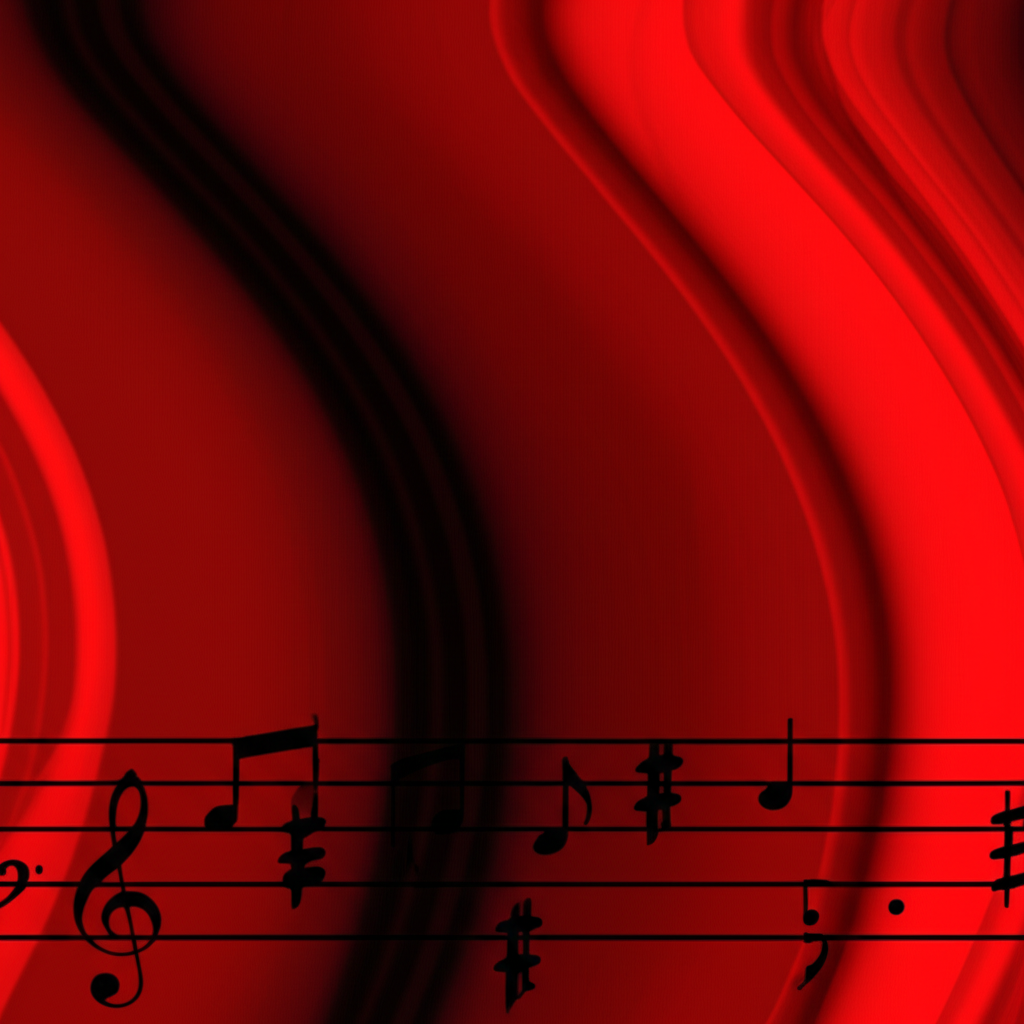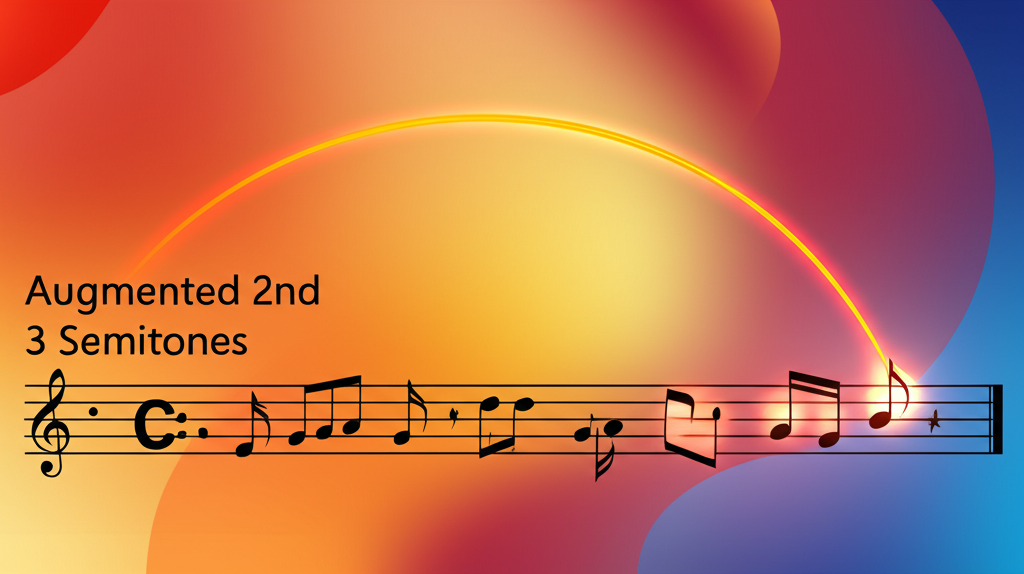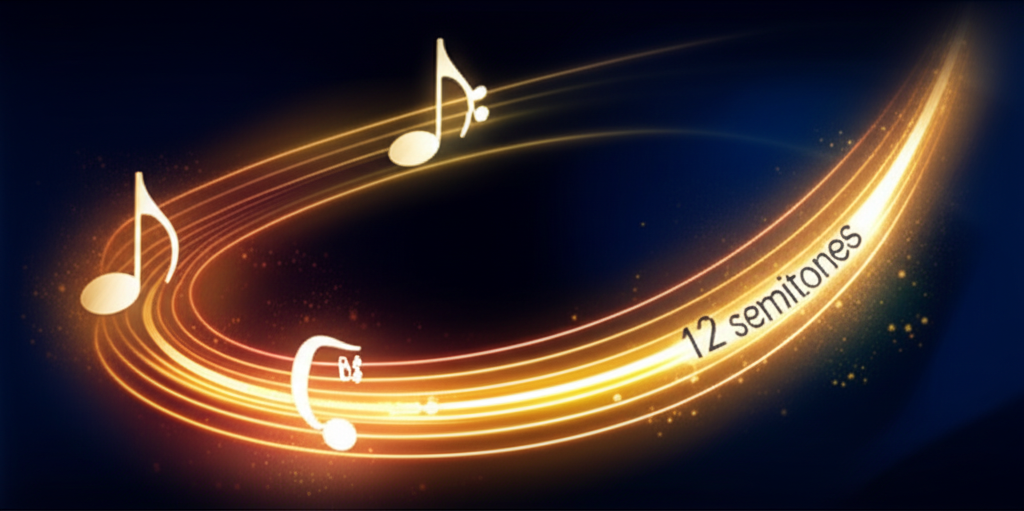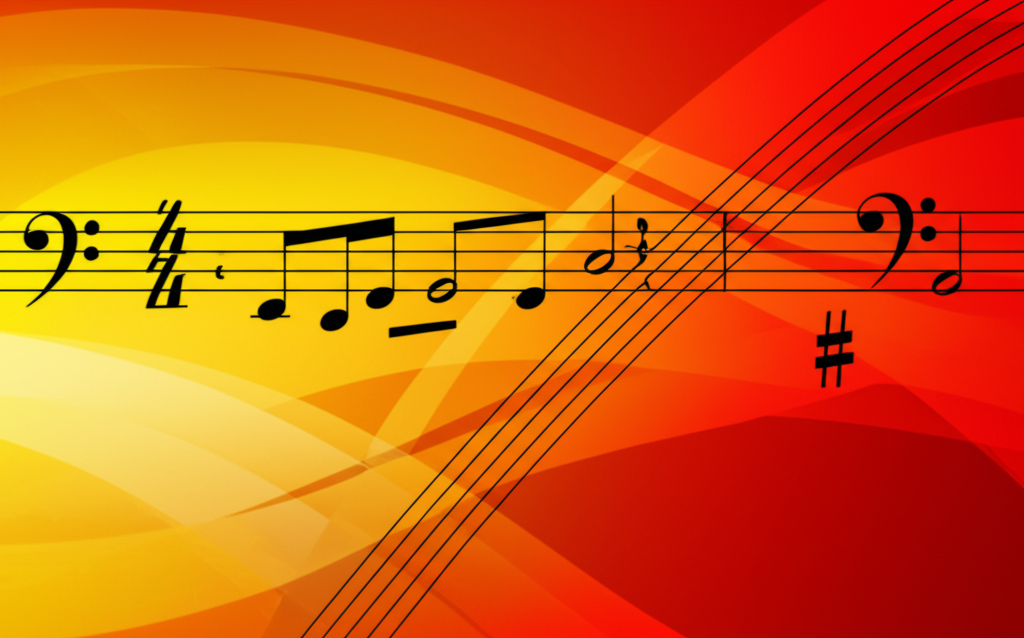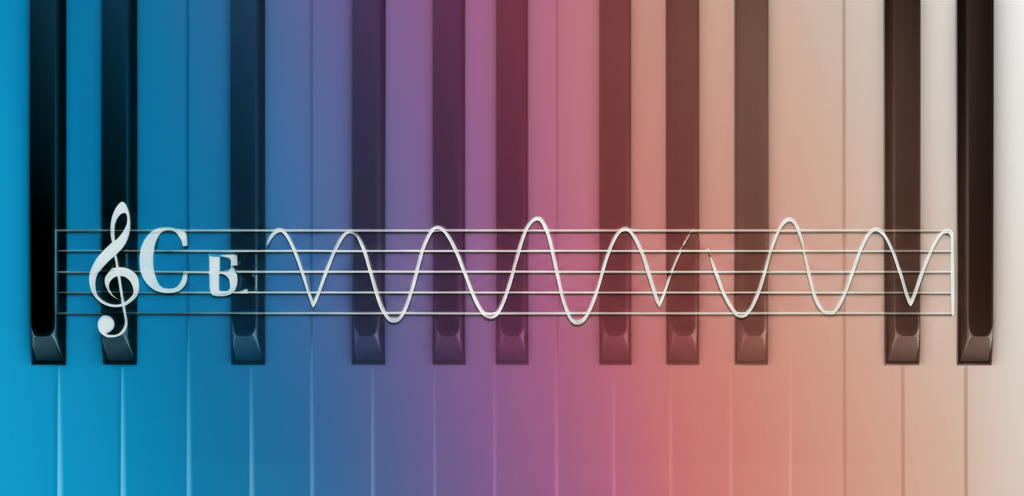
Minor Second - The Smallest Step in Western Music

b4n1
May 17, 2025, 4:26 p.m.
Minor Second - The Smallest Step in Western Music
Summary:
The minor second, also known as a semitone or half step, is the smallest interval commonly used in Western music. This interval creates a characteristic dissonant sound that's essential in creating tension and expression in music.
Keywords:
minor second, semitone, half step, intervals, dissonance, chromatic movement
Introduction:
The minor second interval represents the smallest distance between two notes in traditional Western music. Found between adjacent keys on a piano (like E to F, or B to C), this interval is fundamental to understanding chromatic movement and musical tension.
Definition and Classification:
A minor second is: - Distance of one semitone (half step) - Frequency ratio of approximately 16:15 - Found between any note and its chromatic neighbor - Considered a dissonant interval - Written as a ♭2 in jazz notation
Examples:
Example in ABC Notation:
Here are some common minor second intervals:
Common Uses:
Minor seconds appear frequently in: - Chromatic scales and passages - Horror and suspense music - Jazz harmony (especially in altered dominants) - Contemporary classical music - Blues and rock guitar riffs
Famous Examples:
Several famous pieces use minor seconds effectively: - The "Jaws" theme (John Williams) - "The Twilight Zone" theme - Beethoven's Symphony No. 5 (development section) - "Black Sabbath" by Black Sabbath - Many Bernard Herrmann film scores
Technical Aspects:
The minor second has a frequency ratio of approximately 16:15, or 100 cents. This creates a characteristic "beating" effect when played simultaneously, which contributes to its dissonant quality. On an equal-tempered instrument like the piano, all minor seconds have exactly the same size (100 cents).
Ear Training Tips:
To recognize minor seconds: - Listen for the "tension" between notes - Practice with familiar melodies that use them - Compare with major seconds - Use reference songs (like "Jaws" theme) - Practice both melodic and harmonic versions
Fun Facts:
- The minor second is considered the most dissonant of all intervals - In some non-Western music systems, intervals smaller than a minor second are used - The distance between any two adjacent frets on a guitar is a minor second - Horror film composers often use minor seconds to create tension
Conclusions:
While the minor second might be the smallest interval in Western music, its impact is significant. Understanding and being able to recognize this interval is crucial for musicians, as it's a fundamental building block of melody, harmony, and especially musical tension.
References:
Aldwell, E., Schachter, C., & Cadwallader, A. (2018). Harmony and Voice Leading. Cengage Learning.
Levine, M. (2011). The Jazz Theory Book. O'Reilly Media.
Persichetti, V. (1961). Twentieth-Century Harmony: Creative Aspects and Practice. W. W. Norton & Company.
